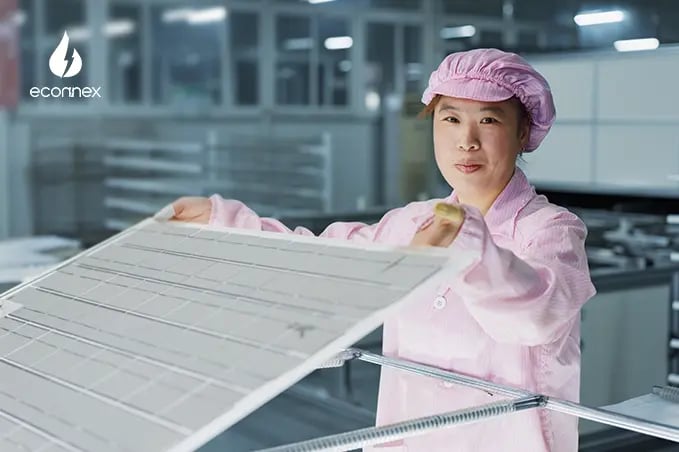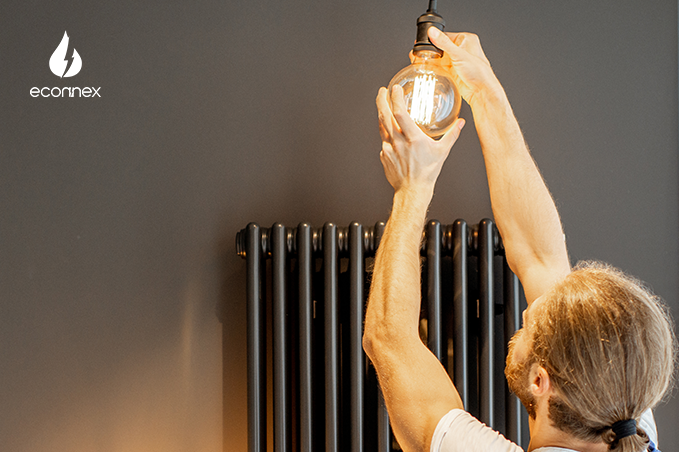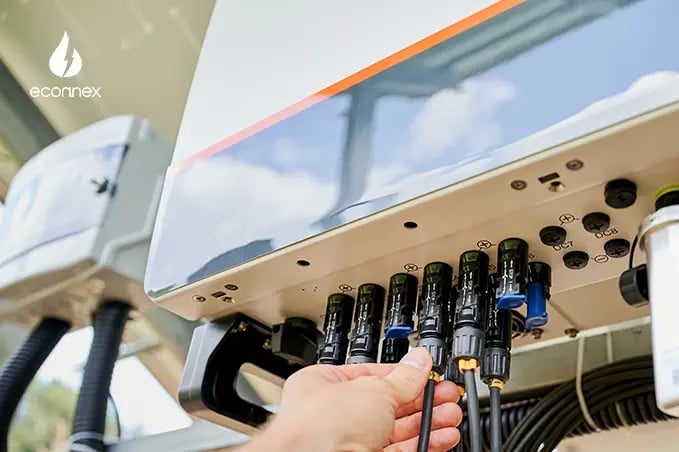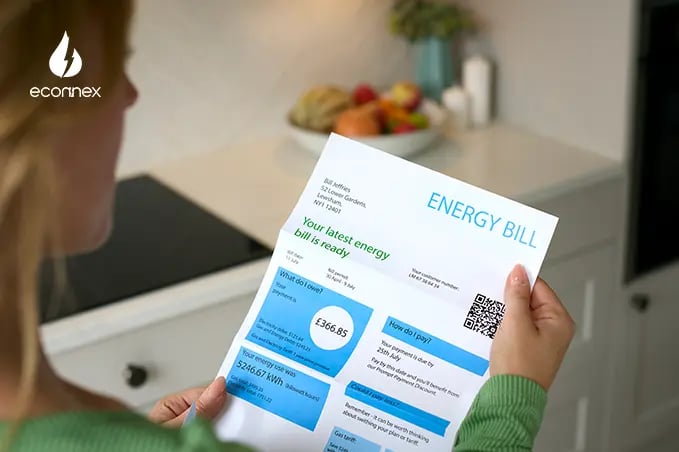Explore different types of solar panels in Australia with Econnex. Compare monocrystalline, polycrystalline, and thin-film panels for your home or business.

Published on 02/04/2024
By William Walton
Solar Comparison
Solar technology is leading the renewables charge as we near the quarter-way point of the 21st century. As this technology continues to develop and companies within the space continue to innovate, the types of solar panels available for Australian businesses and consumers have also evolved. These days, there are three different types of solar panels for consumers to choose from, each with unique properties and benefits.
With that in mind, it’s high time that we explore some of the available solar panel technology currently released to the Australian market to give you a better understanding of what will work best for your business or residence. When you’re ready to make the switch, use Econnex’s solar comparison platform to quickly identify a range of solar solutions available for your address from our panel of retailers. Once you have a preferred option, you can submit your online application from one platform in minutes.
As we move through 2023, the adoption of solar technology continues to pick up pace among the Australian population. In fact, research suggests that the percentage of Australian households with solar systems more than doubled from 14% to 32% from 2018 to 2022. This surge has been driven by a combination of factors, including:
Within Australia, three predominant types of solar panels are available to everyday consumers and businesses: monocrystalline, polycrystalline, and thin-film. As we explore, remember that the technology continues to develop rapidly. There may be other emerging types of solar panel technology that we don’t discuss here; however, they have yet to capture a significant share of the market.
Dive into the intricate realm of renewable energy with our guide on the Types of Solar Panels. Unveiling the diverse landscape of solar technology, this comprehensive overview equips you with insights into the distinct characteristics and applications of various solar panel types. From monocrystalline to thin-film, join us on a journey through the intricacies of solar energy, empowering you to make informed decisions in the pursuit of a sustainable and eco-friendly future.
All three predominant types of solar panels in Australia have a lifespan of roughly 25 years, which lines up with the warranties on offer from most solar panel manufacturers. That expectation may need to be adjusted for those in particularly harsh or hot areas, as solar panels (contrary to popular belief) do not function optimally in high temperatures. They convert light, not heat.
Remember that the retailer or manufacturer offering the warranty on your solar panels has to remain solvent to honour that commitment. Ordering your solar system from established, CEC-accredited providers, such as the ones found in our Econnex Comparison panel, can go some way towards alleviating these risks.
The energy efficiency of solar panels is expressed as a percentage of the maximum available energy provided by the sun’s photons. To explain: if a panel’s energy efficiency is described as 20%, it will generate 20% of the possible electricity from full exposure to sunlight.
The efficiency of different types of solar panels varies from one manufacturer to another. However, speaking generally:
Yes, unfortunately. Solar panels are not immune to degradation over time in Australia, especially considering their exposure to the elements in some of the harshest climates. As a rule of thumb, you can expect the efficiency of your solar panels, no matter which type you have, to decrease by 1% every two years. That’s consistent with most warranties, which predict the total lifespan of your solar system to last approximately 25 years.
Certain regions in Australia have some of the highest levels of sun exposure found globally. Considering that, some consumers may prefer to use monocrystalline panels, where suitable, in areas such as Western Australia or Queensland due to their energy efficiency. Of course, any solar panel array you choose must align with your budget, the size of your roof, any instances of heavy shading, and your aesthetic preferences. If you have a lot of roof space, you might save on upfront costs by installing a less expensive option, such as polycrystalline panels. It’s not a matter of one-size-fits-all.
Explore Top 10 Solar Panels in Australia
Heavy shading can accelerate the deterioration of your solar panel array over time, as the unshaded cells must work harder to cover the loss of energy production from cells impacted by shade. This extra workload can increase the excess heating of overworked cells, causing potential damage. Further, your net energy production from your array/s will be far from optimal due to the shading.
Absolutely, the time of year can have more impact on the overall production of your solar system than you might expect. Consumers in Australia can sometimes experience up to triple the energy production from their solar system in January compared to the winter months. Of course, this disparity will vary depending on your location and how dramatically the seasons change in that area. For example, areas of northern Queensland are unlikely to experience the same degree of seasonal change as Tasmania.
Econnex Comparison simplifies finding a reputable solar system, providing an end-to-end solution that allows you to submit your application online with minimal fuss. There are no sponsored products, advertisements, or third-party links. Just unbiased information that allows you to identify the best solution for your needs from our panel of providers.
Once you visit our solar comparison platform, follow these simple steps to secure your preferred solar solution:
That’s it! That’s all you need to do to commence your solar journey and leverage the power of green, renewable energy solutions. Once your panels are installed, you can reduce your reliance on grid power, decrease your carbon footprint, and take the sting out of energy bills.
Start your solar comparison journey today.



